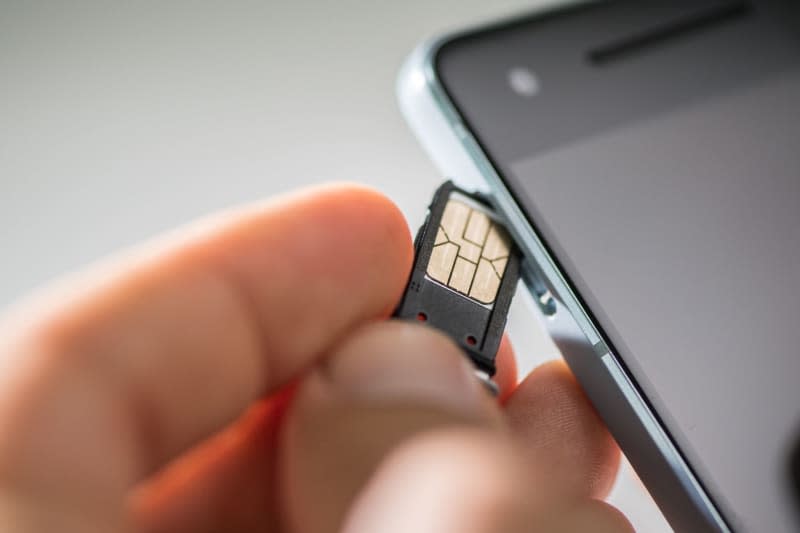No more fiddling with a paper clip: 5 reasons for switching to eSIM

Most new smartphones are compatible with eSIM, embedded directly in the device and slowly replacing physical, removable SIM cards that contain your account information like your phone number and lots of personal data.
Apple started offering eSIMs with the iPhone XS, while Google began introducing them with the Pixel 3, and Samsung's Galaxy S devices have had them since the S20 series.
Unlike its physical predecessor, an eSIM can't be removed from a phone - and it doesn't have to be. Here are five reasons why it might be worth considering to switch.
No more sticking a paper clip in the phone
One clear advantage of eSIMs is that you don't have to laboriously eject it from your device using a pin or paper clip when switching phones, or wait for your provider to send you a new card. Instead, you can easily transfer your account digitally to another phone that supports eSIM.
Activating an eSIM can be done via your provider's app, for example, or by entering your account details manually in your phone's settings.
Multiple lines
Even though only one line can be active on an eSIM at a time you can still save other profiles on it, meaning you can switch seamlessly between different plans, for example when you want to avoid roaming charges while travelling.
This has shaken up the market for roaming offers because travellers can book packages from providers anywhere and then easily activate them on eSIM-compatible devices.
Dual SIM functionality
Smartphones with an eSIM usually have dual SIM capabilities, allowing you to use two lines simultaneously.
On most devices, like Google's Pixel phones, this still means using a physical SIM card in addition to your eSIM, but some manufacturers have started to embed two eSIMs, like Apple in the iPhone 13 and Samsung with the Galaxy S24.
Moving from SIM to eSIM
It's possible to switch from a classic SIM card to an eSIM if the device and the mobile service provider support that. Apple and Samsung are pioneers in this regard and it looks like Google will follow suit.
Less waste, more space
Getting rid of physical SIMs helps to reduce plastic waste, electronic waste and transport costs. The SIM slot in smartphones is likely to disappear completely eventually.
With the iPhone 14, Apple has got rid of the SIM card tray in phones sold in the US.
Losing the slot for physical SIM cards frees up space for manufacturers, and an eSIM is only around 6 by 5 millimetres in size compared to the smallest and most widely used nano SIM card with around 12 by 9 millimetres.


